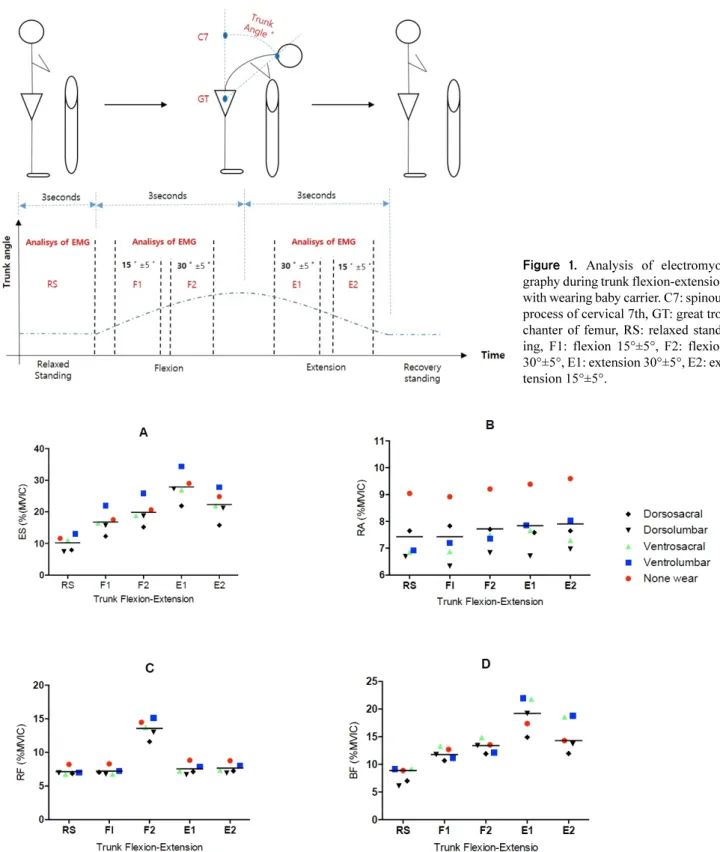http://crossmark.crossref.org/dialog/?doi=10.14474/ptrs.2020.9.1.36&domain=pdf&date_stamp=2020-03-25
Received: 5 March, 2020 Revised: 22 March, 2020 Accepted: 22 March, 2020 Corresponding author: Hwa-Kyung Shin (ORCID https://orcid.org/0000-0003-3876-0710)
Department of Physical Therapy, Graduate School of Medical and Health Industry, Daegu Catholic University, 13-13 Hayang-ro, Geumnak-ri, Hayang-eup, Gyeongsan 38430, Republic of Korea
Tel: 82-53-850-2532 Fax: 82-53-359-6772 E-mail: hkshin1@cu.ac.kr
This is an Open-Access article distributed under the terms of the Creative Commons Attribution Non-Commercial License (http://creativecommons.org/licenses/
by-nc/4.0) which permits unrestricted non-commercial use, distribution, and reproduction in any medium, provided the original work is properly cited.
Copyright © 2020 Korean Academy of Physical Therapy Rehabilitation Science https://doi.org/10.14474/ptrs.2020.9.1.36
pISSN 2287-7576 eISSN 2287-7584
Phys Ther Rehabil Sci 2020, 9 (1), 36-42 www.jptrs.org
Investigation of wearing methods of a baby carrier on muscle activation during trunk flexion-extension in healthy women
Hae-Kwang Park a , Hwa-Kyung Shin a , Ki-Seok Nam b
a
Department of Physical Therapy, Graduate School of Medical and Health Industry, Daegu Catholic University, Gyeongsan, Republic of Korea
b

